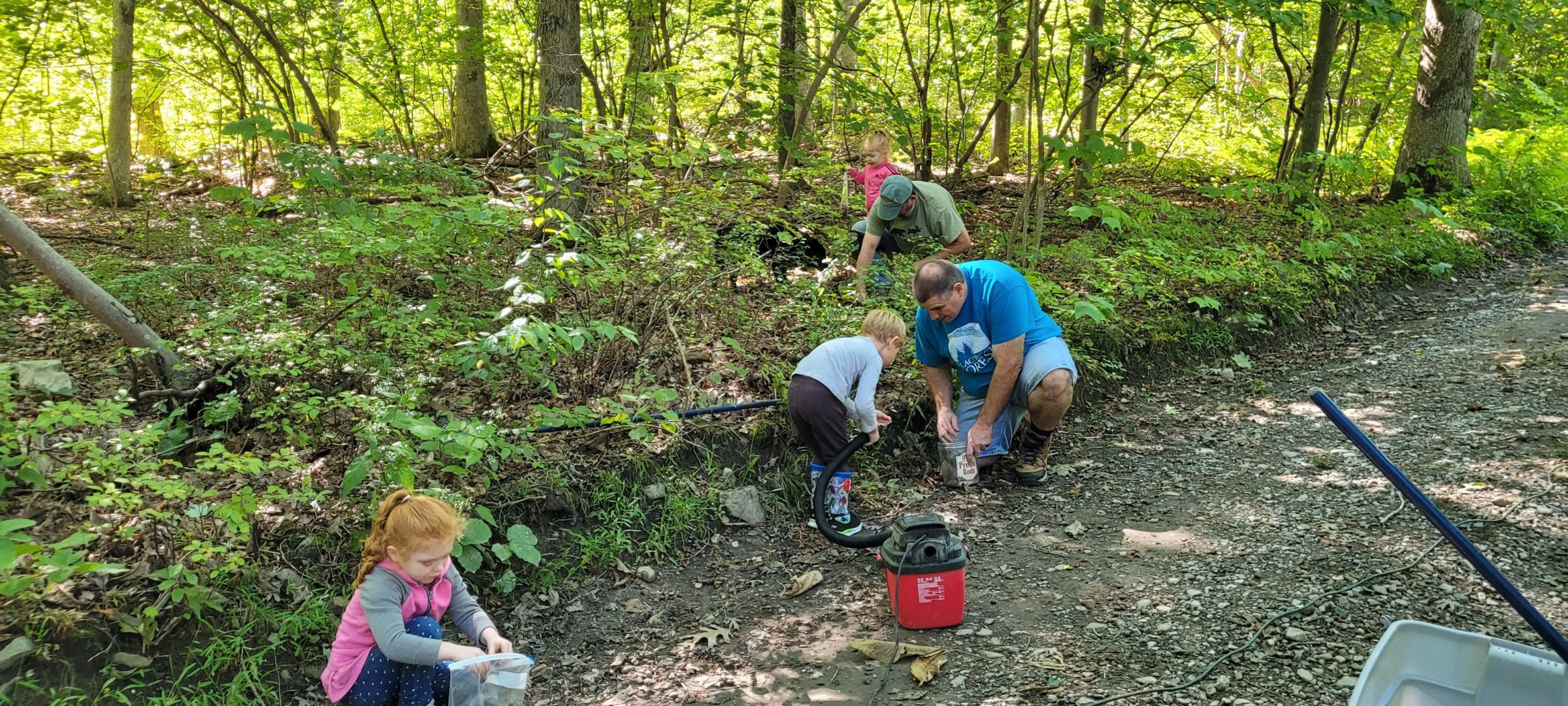As you walk through the Forest on a cool, quiet morning this September, you’ll hear the sounds of acorns raining down through the canopy before making one final thud at the Forest floor. That thud is music to both our ears, and the ears of many species of wildlife here in Black Rock Forest. But why are we so happy to hear acorns falling in the Forest you might ask? Oaks make up 70% of the trees in Black Rock Forest and produce millions of acorns which are not only the seeds of our future oak forest, but serve as a major food source for those that inhabit it. Oak trees flower in early spring, producing acorns in the fall, or the following fall depending on the species. In May of 2020 we experienced temperatures as low as 24o F, which turned oak flowers into ice crystals, decimating acorn production that fall. This void impacts a number of Forest wildlife species ranging from larger species like deer, bear, and turkeys, all the way down to squirrels, chipmunks, mice, and songbirds.
This fall we are observing a good chestnut oak acorn crop with many trees currently dropping most if not all of their acorns. The white oaks are producing acorns but in lesser quantities based on our observations. Unfortunately for the red oaks, they are not producing any acorns for the second year in a row, but we are optimistic about a bumper crop next year. While both chestnut and white oaks produce flowers and acorns each year, we typically see a bumper crop followed by smaller crops the following year. White and chestnut oak acorns are favored over red oak acorns by wildlife due to the fewer tannins found in these species. Many animals search for and indulge themselves on “sweet” high calorie foods such as acorns in preparation for winter.
These valuable seeds also serve as an important piece of curriculum for students. The acorn counting and collection process is a Forest tradition here that has been conducted for decades by Forest Manager emeritus John Brady, Forest volunteers, and many Consortium classes. Mr. Brady has created a method for selecting, observing, and collecting specific individual trees here in the Forest every fall which allows him to estimate the total acorn crop for all of Black Rock Forest. Each fall students visit the Forest to assist in this effort by collecting, counting, and weighing acorns. This data allows students to then make inferences about how the acorn crop can influence animal populations and other Forest dynamics. This activity provides students with hands-on in the field experiences that teach a variety of topics including tree species identification, flowers, fruits, food chains, and even basic mathematics used to estimate production. Activities like this create inspiration for the next generation of future scientists and naturalists in a world filled with technology.
These efforts allow BRF to gather data on the estimated acorn production for the year, allowing us to make more accurate predictions about the health of our ecosystem as we enter the winter months. Please be on the lookout for the official Black Rock Forest 2021 Acorn Report in early October after our collections and calculations are complete!

